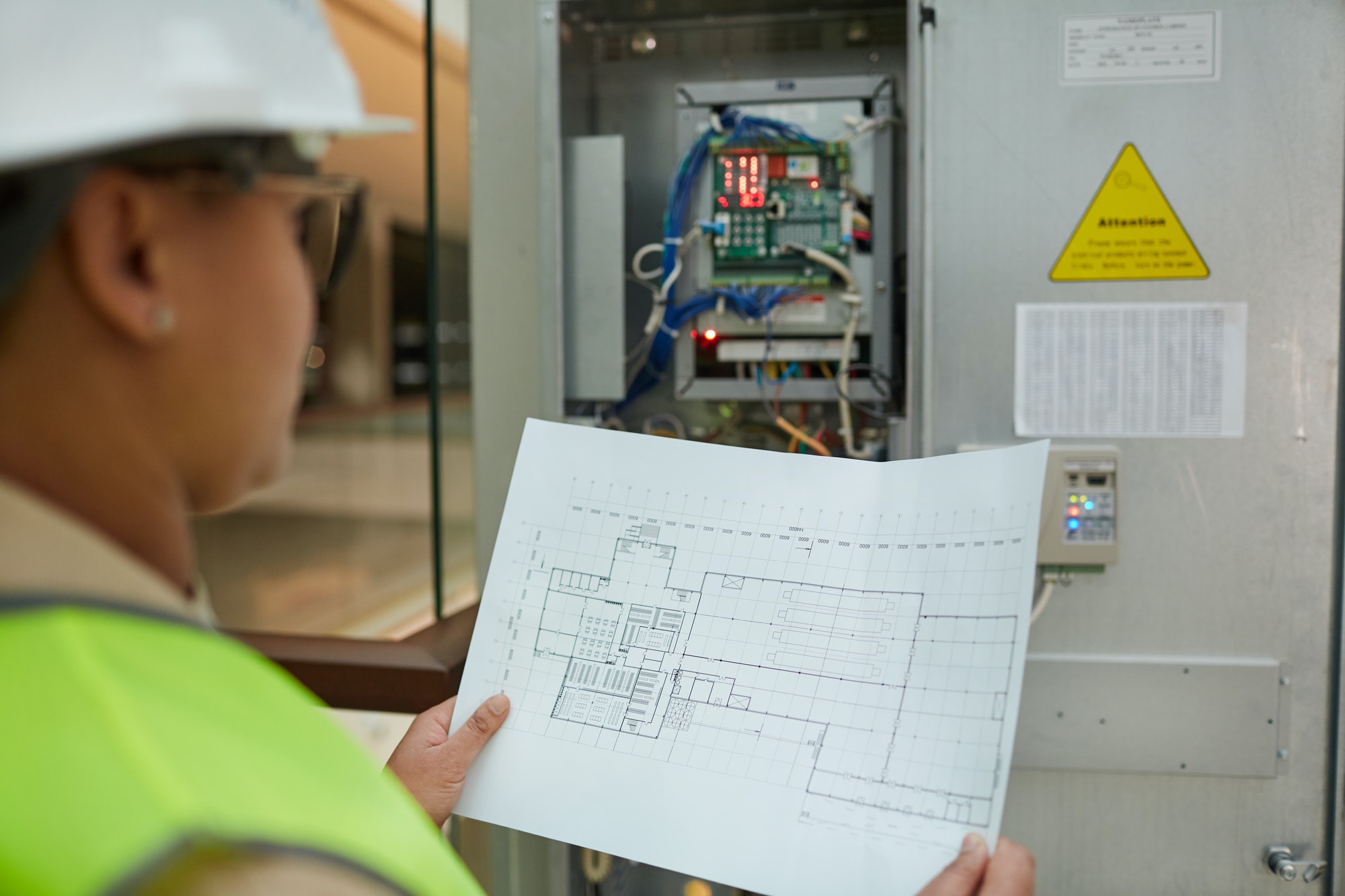Electric Panel Changes and Upgrades
Increase your home’s safety and flexibility with an upgraded electrical panel.
Free Consultation

While it may be annoying to experience a power outage when you’re trying to make yourself a cup of coffee, circuit breaker switches are a vital safety feature designed to prevent electrical fires.
A high-quality, reliable electrical panel is important.
Do you know what an electrical panel (or breaker box) is and where it’s located? If so, then you probably know why they’re important.
A breaker panel is the place where your home’s circuit breakers are housed. If there is a power surge, short, or circuit overload, then the breaker is designed to trip, which means it cuts off the electricity for that circuit.
If a breaker fails, the high amounts of current can melt the plastic coating on the wires and cause them to spark. If the entire electrical panel overheats, it could catch fire.
It’s easy to understand why having a high-quality, reliable electrical panel is important and when it’s time for an electrical panel upgrade.
Is your electrical panel outdated or underpowered?
Do you hear a buzzing sound out of the panel?
Do breakers frequently pop?
When is it time for an electrical panel upgrade or change?
Electrical panels should be replaced by professionals. In most cases, you need to replace the entire electrical panel. This means you’ll also have to wire everything. You’ll need to hire an electrician who knows how to install electrical panels and JTE Electic knows what wires are required, and how to connect them properly.
If your panel is over 30 years old or is a Federal Pacific, Zinsco, or Challenger Brand – it might be on a recall ist.
A circuit breaker is a safety mechanism that shuts off power to your home if there’s a problem. Old wiring in your home could mean you’ll need to rewire some parts of your home. You may also need to run more wires around your home.
If you need to upgrade your home’s electrical service to 100-, 150-, or 200-amp, we’ll likely have to replace the wiring from the meter to your panel.
As the number of circuits increases, the cost of purchasing and installing the panel also increases. The amperage of the panel determines how much electricity flows into the house. Contact JET Electric today so we can determine the exact right fit for your residential or commercial project in Southwest Florida.

Benefits of changing your electrical panel of your Southwest Florida home
Increased Safety
It’s important to get a replacement as soon as possible. The longer you wait, the more likely you are to have an incident. Safety first!
Lower fire risk
Less power faults
Lower your insurance
Increased Capacity
You always wanted to add extra outlets, appliances, or lights in and around your home. With an upgraded panel you can do that with confidence.
No more flickering lights
Add more appliances
No more tripped brakers
Increased Flexibility
With a new electrical panel, you optimize the layout and organization of all your rooms and areas of your home so it can grow along with your needs.
Get power where you need it
Control where it goes
Reset power when needed
Get your electrical needs taken care of.
01
Book Online
Please fill out the form and let us know about your project.
02
Get Service
Our professional teams take care of your electrical needs on time and on budget.
03
Problem solved
Leave electrical worries behind and know that your home and business is taken care of.
How Much Does It Cost to Upgrade or Replace an Electrical Panel?
The typical range of electrical panel upgrades varies depending on the size and type of home you live in.
Here are some factors affecting the cost of replacing an electrical panel:
- Size of Home: The larger the house, the bigger the electrical system; therefore, the more complicated the wiring job.
- The number of circuits: A single circuit typically consists of one switch, one receptacle, and a few light fixtures. However, multiple circuits require additional switches and outlets. This makes the wiring job much longer and more expensive.
- Type of panels: There are three main types of residential electrical panels: metal-clad, aluminum-clad, and plastic-encased. Metal-clad panels are the most common and least expensive option, while aluminum-clad panels are slightly more expensive than metal-clad panels. Plastic-encased panels are the most expensive because they require special equipment to install.
- Location of panel: Panels located near water pipes, heating/cooling ducts, or air vents are easier to access and repair, making them less costly to replace. Panels installed above ceilings are more difficult to reach and tend to cost more to replace.
- Accessibility of panel: When working inside a wall cavity, it is usually easiest to access a panel that is mounted high up in the wall. Conversely, accessing a low-mounted panel requires climbing onto ladders or scaffolding.